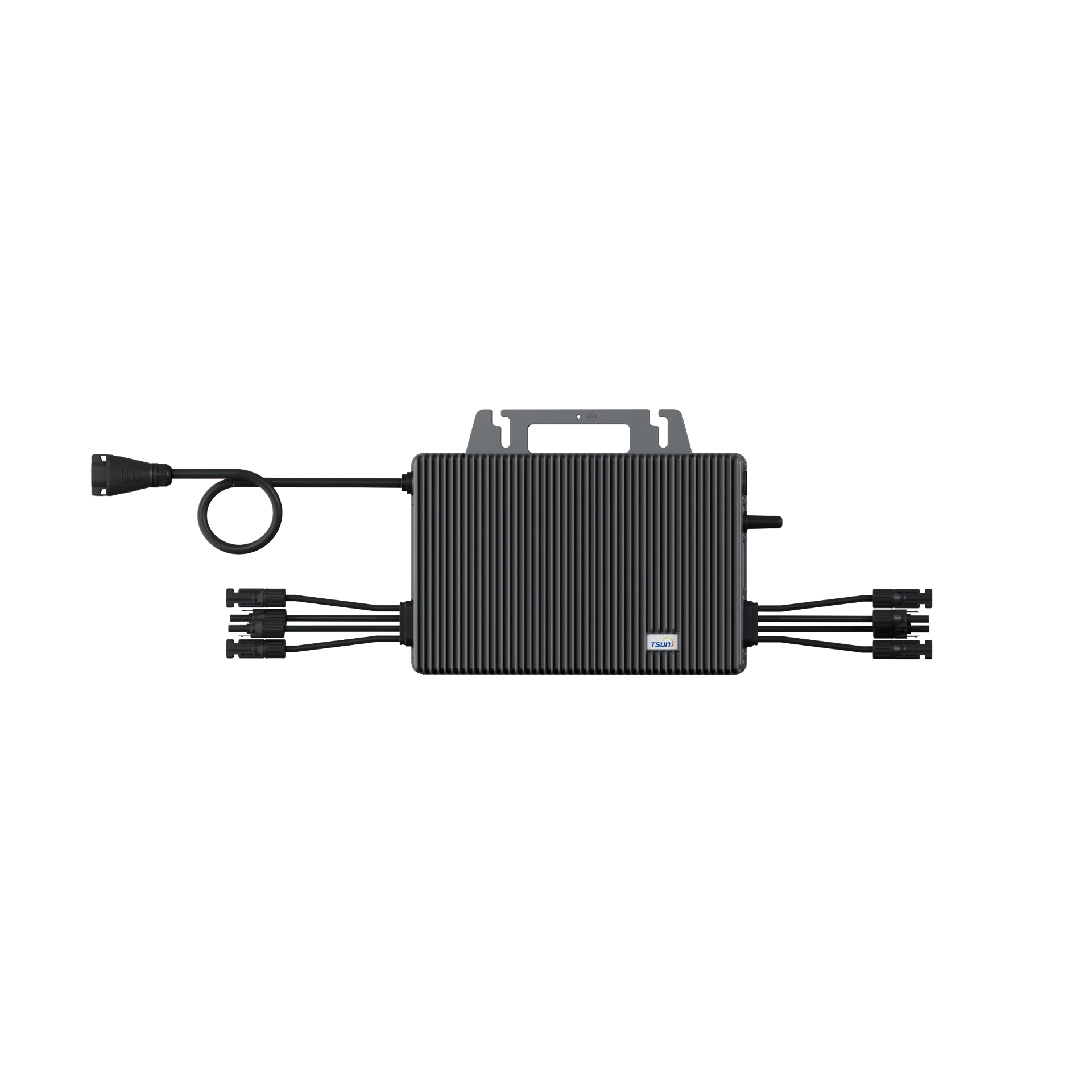Solar micro inverters have dramatically reshaped the landscape of solar energy systems, offering an innovative approach that has captured the attention of both residential and commercial solar markets. By converting direct current (DC) generated by solar panels into alternating current (AC) for usage in homes or feeding back into the grid, these compact devices enhance the efficiency, safety, and performance of solar installations. But what sets solar micro inverter design apart, and why does it garner such focus in discussions of renewable energy products?

Examining the essence of solar micro inverter design unveils a pioneering approach to enhancing photovoltaic (PV) systems' reliability and output. Traditional string inverters, which are connected to multiple solar panels, face the challenge that the performance of one underperforming panel can affect the entire system. Micro inverters, however, are installed on each individual panel, thus ensuring that each panel operates at its maximum possible efficiency independently of the others. This fundamental design differentiation underscores their superiority by eliminating the so-called Christmas light effect where one faulty bulb affects the entire string.
The technical design architecture of solar micro inverters is rooted in optimization, resilience, and efficiency. These inverters typically utilize advanced Maximum Power Point Tracking (MPPT) technology. MPPT is crucial in continuously adjusting the electrical operating point of the modules or array, ensuring that each solar panel operates at its best under varying light conditions. This leads to a significant increase in energy harvest over time, a key advantage of micro inverter systems.

In practical applications, the decentralized design of solar micro inverters also addresses issues of shading, orientation, and individual panel performance. For instance, in a scenario where panels are situated on different planes or directions, or potentially shaded by trees or buildings, each micro inverter allows the respective panel to output its optimal power regardless of the others. This mitigates potential losses in energy yield and increases overall system efficacy.
Reliability is another cornerstone in the design of solar micro inverters. Most micro inverters are constructed for longevity and require minimal maintenance, with warranties typically extending up to 25 years. The distributed nature of these systems means that if one inverter fails, it does not compromise the entire solar array's function, thereby reducing potential downtime and maintenance costs.
solar micro inverter design
Safety features inherent in the design of solar micro inverters cannot be overstated. Unlike string inverters, which handle high-voltage DC, micro inverters convert DC to AC at the panel level, thereby eliminating high-voltage DC runs throughout the building structure. This significantly reduces fire risks and aligns with more stringent electrical safety standards.
The expertise involved in developing and refining solar micro inverter technology continues to evolve, making cutting-edge advancements in grid interaction and energy reporting. Sophisticated monitoring systems are often integrated into micro inverter designs, enabling real-time data collection and analysis. This functionality not only aids in performance tracking but also in predictive maintenance and energy management strategies.
Taking into account these detailed facets of solar micro inverter design, their adoption is anticipated to grow exponentially across global markets. The blend of enhanced energy capture, safety, reliability, and long-term warranties offers a compelling proposition for both residential customers and large-scale solar deployments alike.
Trust in solar micro inverter technology is further bolstered by widespread validation and testing from reputable industry standards organizations. As more entities recognize their benefits, coupled with a continuing reduction in manufacturing costs, solar micro inverters are poised to become a cornerstone technology in achieving energy sustainability objectives worldwide.
In essence, the thoughtful design and strategic implementation of solar micro inverters mark a significant step forward in renewable energy solutions. Bridging practicality with innovation, these systems not only optimize solar energy utilization but also ensure safe and robust operation tailored to the ever-evolving energy needs of the future.
 LEARN DETAILS
LEARN DETAILS
 News
News



